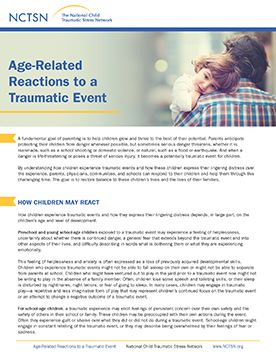
Age-Related Reactions to a Traumatic Event
Describes how young children, school-age children, and adolescents react to traumatic events and offers suggestions on how parents and caregivers can help and support them.
Landslides are the movement of masses of rock, debris, or earth down a slope. Rainfall, snowmelt, earthquakes, volcanic activity, changes in water level, stream erosion, or human modification of the land typically activate landslides. Debris and mudflows (also called mudslides) are rivers of rock, earth, and other debris soaked in water. They’re created when water builds up quickly in the ground during and after a heavy rainfall or rapid snowmelt. The danger can last days or weeks after the rains stop. Landslides can move slowly or can move quickly, as in the case with debris flows.
Being prepared beforehand is the best way to help children and family members recover after a landslide. To improve their preparedness, families should:
Knowing what to do during a landslide can help families feel more in control and take steps to increase their safety. Consider the following:
During a landslide watch or warning, families should:
During a landslide or debris flow, families should:
To address children’s reactions immediately after a landslide, parents and caregivers can:
Landslides often occur with little warning and can completely damage homes and businesses, requiring families to rebuild or relocate. In extreme instances, landslides can also block or damage roads, limiting access to some communities and delaying services. Because they can occur when families are separated, individuals may sometimes have to wait hours or even days to learn if their loved ones are safe. The reactions of children and families will vary, and may depend in part on how fearful they were, the extent of damage and loss they experienced, and the degree of disruption to the community. Children may express worry that another landslide will occur, become distressed when separated from parents or caregivers, have trouble concentrating or paying attention, or may report more headaches or stomachaches.
After a landslide, most families will recover over time, particularly with the support of family, friends, and community organizations. Some families will be able to return to their normal routines rather quickly, while others will have to contend with repairing damage to their home and possessions, finding medical care, needing new employment, moving to a new community, and facing financial hardship. To help children recover and adjust, parents and caregivers can:
Below are resources to support children, families, and communities recover after a landslide.

Describes how young children, school-age children, and adolescents react to traumatic events and offers suggestions on how parents and caregivers can help and support them.
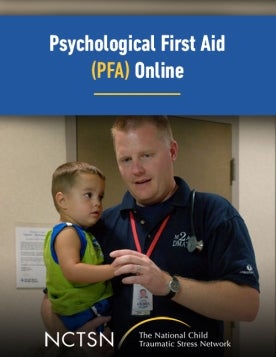
Includes a 5-hour interactive course that puts the participant in the role of a provider in a post-disaster scene. This course is for individuals new to disaster response who want to learn the core goals of PFA, as well as for seasoned practitioners who want a review.
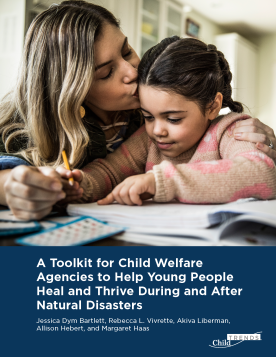
Helps child welfare agencies support children and youth during and after natural disasters. This toolkit is for child welfare staff, supervisors, and administrators who work with and on behalf of children, youth, and families who experience a natural disaster.
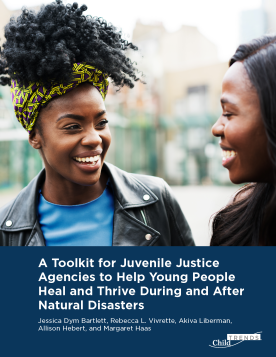
Helps juvenile justice agencies support children and youth during and after natural disasters. This toolkit is for juvenile justice staff, supervisors, and administrators who work with and on behalf of children, youth, and families who experience a natural disaster.
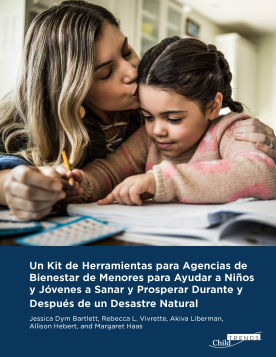
Ayuda a las agencias de bienestar infantil a apoyar a los niños y jóvenes durante y después de los desastres naturales.
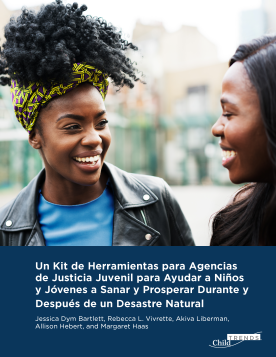
Ayuda a las agencias de justicia juvenil a apoyar a los niños y jóvenes durante y después de los desastres naturales.
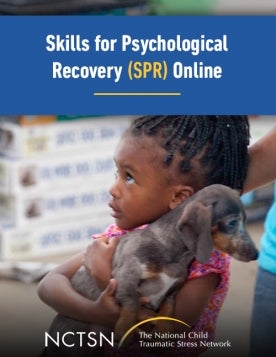
Aims to help survivors gain skills to manage distress and cope with post-disaster stress and adversity. This course utilizes skills-building components from mental health treatment that have been found helpful in a variety of post-trauma situations.

Helps parents talk to their kids about the disasters they may face and know how best to support them throughout—whether sheltering-in-place at home, evacuating to a designated shelter, or helping your family heal after reuniting.
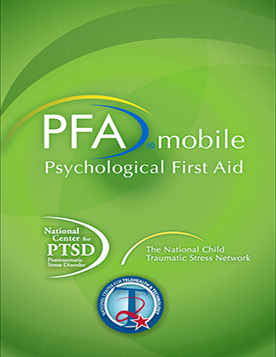
Lets responders review PFA guidelines and assess their readiness to deliver PFA in the field.
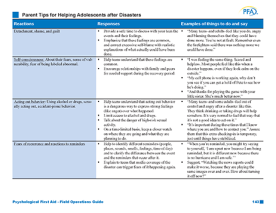
Is a handout from Psychological First Aid Field Operations Guide (PFA). This handout provides parents with common reactions after a disaster, ways to respond to those reactions, and examples of things you can say to your adolescent.

Is a handout from Psychological First Aid Field Operations Guide (PFA). This handout provides parents with common reactions after a disaster, ways to respond to those reactions, and examples of things you can say to your infants or toddlers.
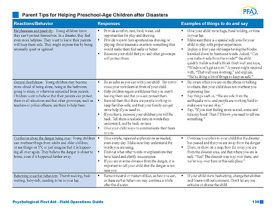
Is a handout from Psychological First Aid Field Operations Guide (PFA). This handout provides parents with common reactions after a disaster, ways to respond to those reactions, and examples of things you can say to your preschool-age child.